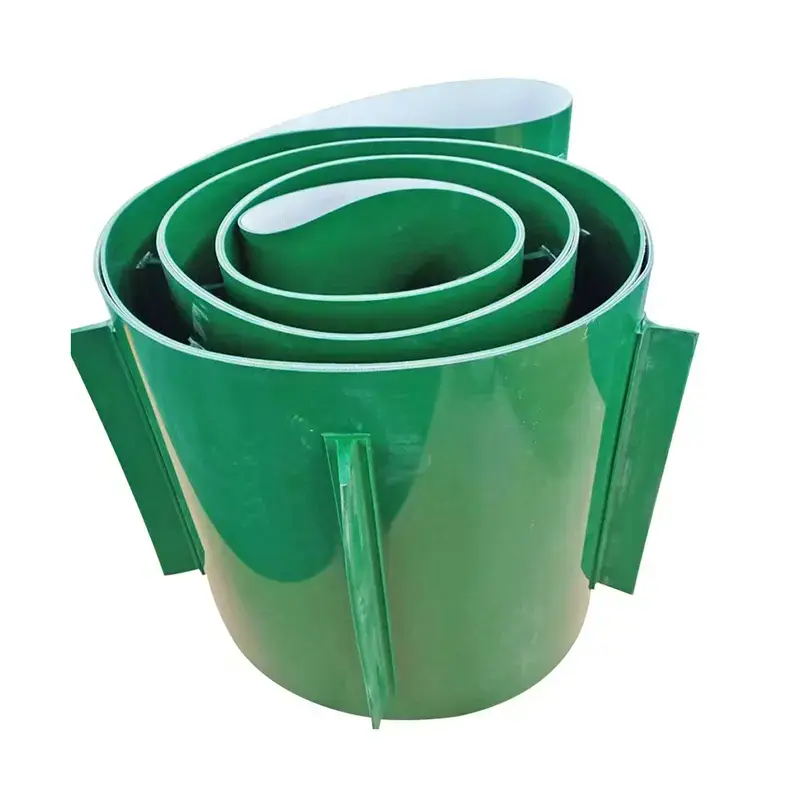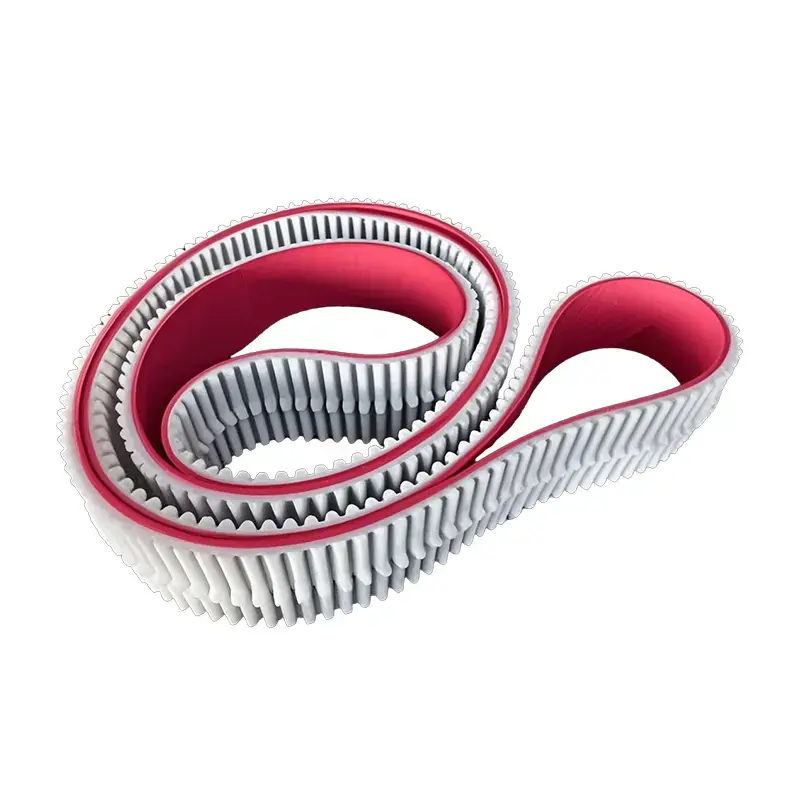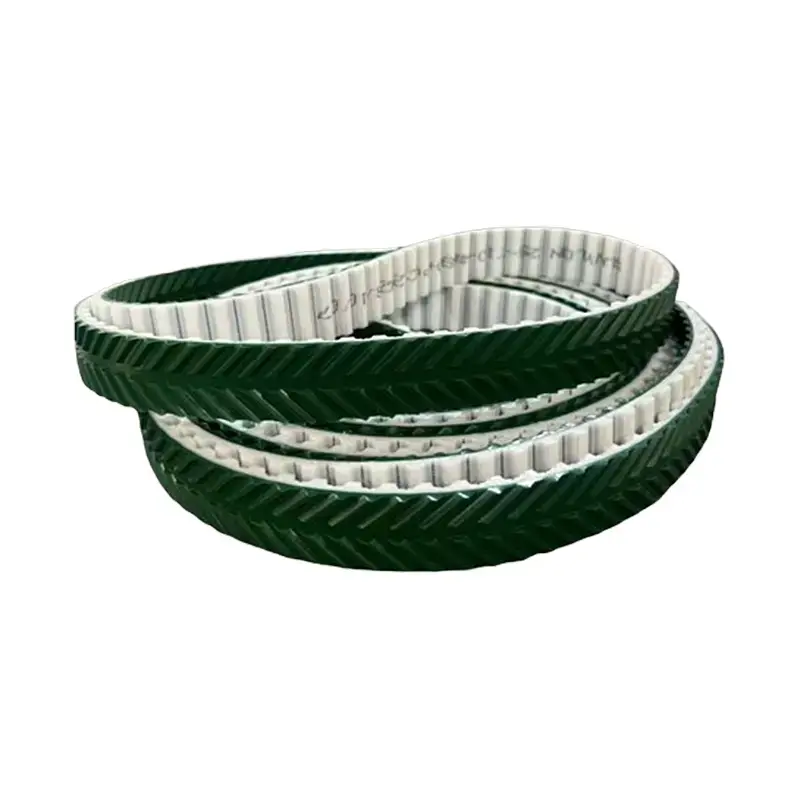 +86-19862000127
+86-19862000127 Pulley in Well: Enhancing Efficiency and Reliability in Water Systems
In the field of water management and mechanical systems, the pulley in wellplays a vital role in ensuring smooth and efficient lifting operations. Whether used in agricultural irrigation, industrial water systems, or deep-well applications, pulleys help reduce friction, improve mechanical efficiency, and extend the service life of lifting equipment. For B2B buyers and engineers, understanding the design, functionality, and material quality of Well Pulleys is essential for building durable and efficient systems.
The Role of a Pulley in Well Systems
A pulley in well is a simple yet powerful mechanical device designed to facilitate the lifting of water buckets, pumps, or cables from deep wells. It operates by redirecting the force applied to a rope or wire, making lifting much easier and minimizing energy consumption.
Key Functions:
-
Force Distribution: Reduces direct load on lifting mechanisms.
-
Friction Reduction: Ensures smoother operation and less wear on ropes.
-
Mechanical Advantage: Enhances the efficiency of lifting systems.
-
Durability: Provides long-term stability in harsh outdoor or water environments.
Types of Pulleys Used in Well Systems
Different types of pulleys are used depending on the well’s structure and operational needs:
-
Fixed Pulley: Mounted at the top of the well for simple lifting tasks.
-
Movable Pulley: Offers mechanical advantage by reducing required lifting force.
-
Compound Pulley System: Combines fixed and movable pulleys for high-load applications.
-
Bearing-Type Pulley: Equipped with ball bearings for smooth rotation and reduced maintenance.
Each type provides unique benefits depending on the well depth, load requirements, and frequency of operation.

Material and Construction Considerations
When selecting a pulley for well applications, material choice directly affects performance and longevity.
-
Cast Iron: Known for high strength and durability in industrial wells.
-
Stainless Steel: Corrosion-resistant, ideal for environments with high humidity or chemical exposure.
-
Aluminum Alloy: Lightweight and efficient for smaller-scale installations.
-
Nylon or Plastic Pulleys: Economical option for domestic or light-duty use.
Important Design Features:
-
Sealed bearings to prevent water and dust intrusion.
-
Anti-rust coatings for outdoor protection.
-
Grooved wheels to ensure proper rope alignment.
Industrial Applications of Pulley in Well Systems
B2B buyers and engineers use well pulleys across multiple sectors due to their reliability and low maintenance needs.
-
Agriculture: Used in irrigation wells to lift and lower pumps.
-
Construction: Helps in groundwater extraction and site dewatering.
-
Industrial Manufacturing: Supports fluid transfer in processing systems.
-
Municipal Water Supply: Enhances the efficiency of deep-water extraction operations.
By integrating high-quality pulleys, businesses can ensure operational stability, reduce mechanical wear, and minimize downtime.
Conclusion
The pulley in well is an indispensable component for efficient water lifting and mechanical handling systems. Its design, materials, and performance directly influence the longevity and reliability of water operations. For B2B buyers, partnering with reputable pulley manufacturers ensures consistent product quality, optimized system performance, and long-term cost savings.
FAQ
1. What is the purpose of a pulley in a well?
A pulley in a well helps lift heavy loads, such as buckets or pumps, by reducing friction and distributing the load more evenly.
2. Which material is best for well pulleys?
Stainless steel and cast iron are preferred for their strength, corrosion resistance, and durability in demanding environments.
3. Can pulleys in wells be customized?
Yes, manufacturers offer custom pulley sizes, materials, and bearing systems based on application requirements.
4. How does a pulley improve energy efficiency in water systems?
By reducing friction and providing mechanical advantage, pulleys lower the amount of force and energy needed to lift or lower heavy equipment.













